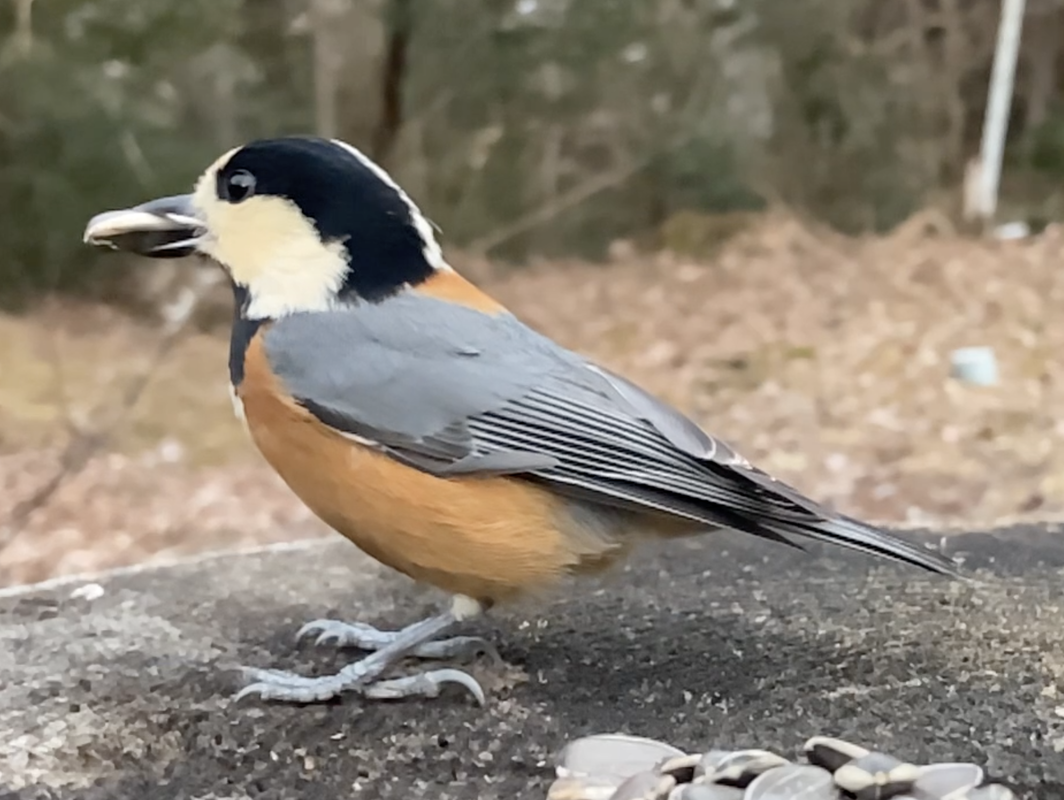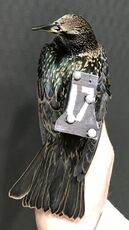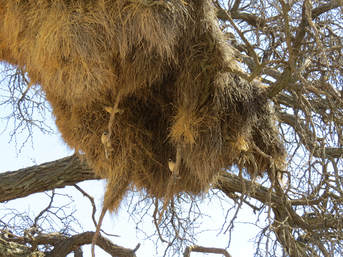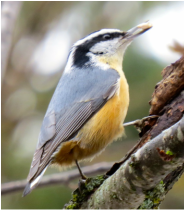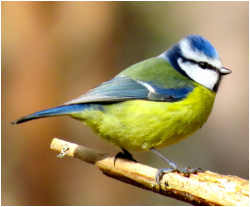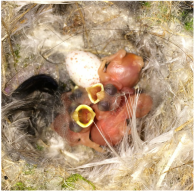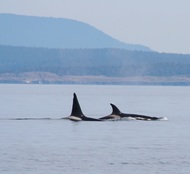Anthropogenic noise & predator-prey dynamics
During my fellowship I aim to understand how anthropogenic noise affects the behavior of forage fish and how any changes in their behavior carry over into changes in their availability as a high quality source of food for the predator that rely on them. For example, we know that noise in the short term can have large effects on fish behavior (e.g., swimming lower in the water column, being decreasing feeding behaviour, etc.). How these changes in behaviour may result in changes in accessibility or quality, however, remain poorly understood and mostly theoretical. In my research I am aiming to examine this relationship both from the point of view of the fish through lab studies in different long-term acoustic environments, and from the point of view of the birds, through extensive field survey and observations when changes in boat traffic conditions is known.
|
Anti-predator communication networks
During my Fellowship I aim to better understand how anti-predator communication networks that are made from mobbing groups are structured. For example, we currently think that some species, like Japanese tits, may be very important sources of information many other species listen to, while others, like Eurasian nuthatches, may not be as important. I plan to determine how each of these species relate to one another and what this may mean for disruptions in the network.
|
Vocal coordination of group movement
|
During my fellowship I focused on determining how birds use vocal and visual communication to coordinate group movement and maintain flock cohesion. I tested not only how birds use visual information as well as vocal information, but aimed to determine how they use different types of vocalizations and vocal behavior to instigate group movement, direction changes, and how vocalizations change in response to these behaviors. I also pland to determine the effect of different visual and acoustic environments on birds ability to maintain group cohesion and coordinate group movement to better understand the effects of anthropogenic noise on these important behaviours. For more information please see my project website: https://vocalmovementcoordination.weebly.com or the Results in Brief from the European Commission
|
Evolution of cooperative breedingDuring my postdoc I focused on answering questions about the evolution of cooperative breeding by focusing on the effects of observers on cooperative behaviour of helpers. Sociable weavers are cooperative breeders, meaning that individuals other than the parents help the parents of a clutch of chicks take care of them. Sociable weavers build and live in large colonial nests. Unlike many cooperative breeders, the helpers are not always related to the breeders, and so they make an interesting study system.
|
Information Encoding
|
During my PhD I investigated how tit species (Paridae family) found in the UK encode information in their mobbing calls about how threatening a predator is. Mobbing is a behavior that happens when prey species discover a predator, and rather than flee, they attack and harass the predator until it leaves the area. Many species encode information about a predator's threat level in the calls they produce while mobbing. To study this behavior in tits, we induced mobbing behavior by using robotic taxidermy predators to simulate a natural predator encounter and record their vocalizations.
|
|
Information Flow Through Mixed-species CommunitiesFor my undergraduate and graduate theses, I investigated whether information in mobbing calls is used by other species, and if so, which species are important. We know that the information in mobbing calls can be used by species other than those giving the calls (heterospecifics). In these communities some species may be sources of information, while others only eavesdrop on the information provided by those species good at encoding information in their calls.
|
Blue Tit NestsAs part of a collaborative project with Dr. Lauren Guilette, Dr. James St Claire, and Sophie Edwards we are deconstructing blue tit nests to study the fine scale differences in their construction and plan to continue to use this study population for longer term studies into nest construction and building behaviour.
|
Movement Instigation Signals & Group CoordinationDuring my undergraduate degree I studied movement instigation signals in the Southern Resident Population of Killer Whales (Orca) in the Salish Sea of North America on a program called Beam Reach.
|
